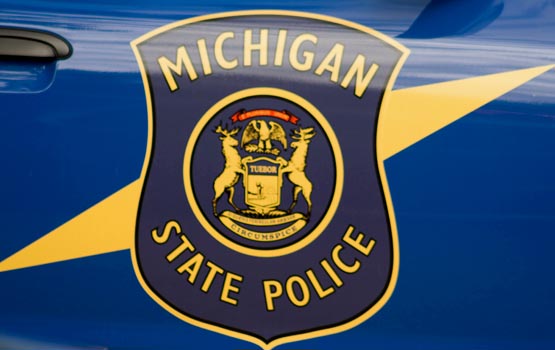U.S. Fish and Wildlife Service personnel will apply lampricides to the Ontonagon River (Ontonagon and Houghton Counties) to kill sea lamprey larvae burrowed in the stream bottom. Applications will be conducted on or about Sept. 22- Oct. 1, 2015 in accordance with State of Michigan permits. Applications will be complete in about eight days. Application dates are tentative and may be changed based upon local weather or stream conditions near the time of treatment.
Sea lamprey larvae live in certain Great Lakes tributaries and transform to parasitic adults that migrate to the Great Lakes and kill fish. Failure to kill the larvae in streams would result in significant damage to the Great Lakes fishery. Infested tributaries must be treated every three to five years with lampricides to control sea lamprey populations.
The U. S. Environmental Protection Agency and Health Canada Pest Management Regulatory Agency have reviewed human health and environmental safety data for lampricides, and in 2003 concluded that the lampricides (Lampricid and Bayluscide) pose no unreasonable risk to the general population and the environment when applied at concentrations necessary to control larval sea lampreys. However, as with any pesticide, the public is advised to use discretion and minimize unnecessary exposure. Lampricides are selectively toxic to sea lampreys, but a few fish, insect, and broadleaf plants are sensitive. Persons confining bait fish or other organisms in stream water are advised to use an alternate water source because lampricides may cause mortality among aquatic organisms stressed by crowding and handling. Agricultural irrigation must be suspended for 24 hours, during and following treatment.
Extensive preparations are required for a safe and effective stream treatment. Prior to treatment, personnel collect data on stream water chemistry and discharge. In addition, they may conduct on-site toxicity tests with lampricides and stream flow studies with dyes that cause stream water to appear red or green.
Lampricides are carefully metered into the stream for approximately 12 hours, and continually analyzed at predetermined sites to assure that proper concentrations are maintained as the lampricides are carried downstream. Applicators are trained and are certified by (state/provincial) regulatory agencies for aquatic applications of pesticides.
The program is contracted through the Great Lakes Fishery Commission to the U.S. Fish and Wildlife Service and Department of Fisheries and Oceans Canada. The Commission initiated chemical control of sea lampreys in 1958. Since that time the highly successful program has contributed significantly to the maintenance of the $7 billion Great Lakes sport and commercial fisheries.
The Commission is committed to delivering a sea lamprey control program that practices good environmental stewardship. To support the continued safe use of lampricides the Commission recently conducted a series of studies at a total cost of $6 million to assess the effects of the lampricides on human health and the environment. In addition to these studies the Commission has implemented a research program to develop alternative control techniques. The Commission also is developing a strategy to increase the number of barriers on lamprey-producing streams, and is conducting research into barrier design, traps, attractants, and biological controls.
For additional information in the U.S. call 1-800-472-9212 and in Canada call 1-800-553-9091. TTY users may reach the Marquette or Ludington Biological Stations through the Michigan State Relay Service at 1-800-649-3777.
The mission of the U.S. Fish and Wildlife Service is working with others to conserve, protect and enhance fish, wildlife, plants and their habitats for the continuing benefit of the American people. We are both a leader and trusted partner in fish and wildlife conservation, known for our scientific excellence, stewardship of lands and natural resources, dedicated professionals and commitment to public service.
For more information on our work and the people who make it happen, visit http://www.fws.gov.
Connect with our Facebook page at facebook.com/usfwsmidwest, follow our tweets at twitter.com/usfwsmidwest, watch our YouTube Channel at youtube.com/usfws and download photos from our Flickr page at flickr.com/photos/usfwsmidwest.
 Keweenaw Report Your Source for Local News and Sports
Keweenaw Report Your Source for Local News and Sports





